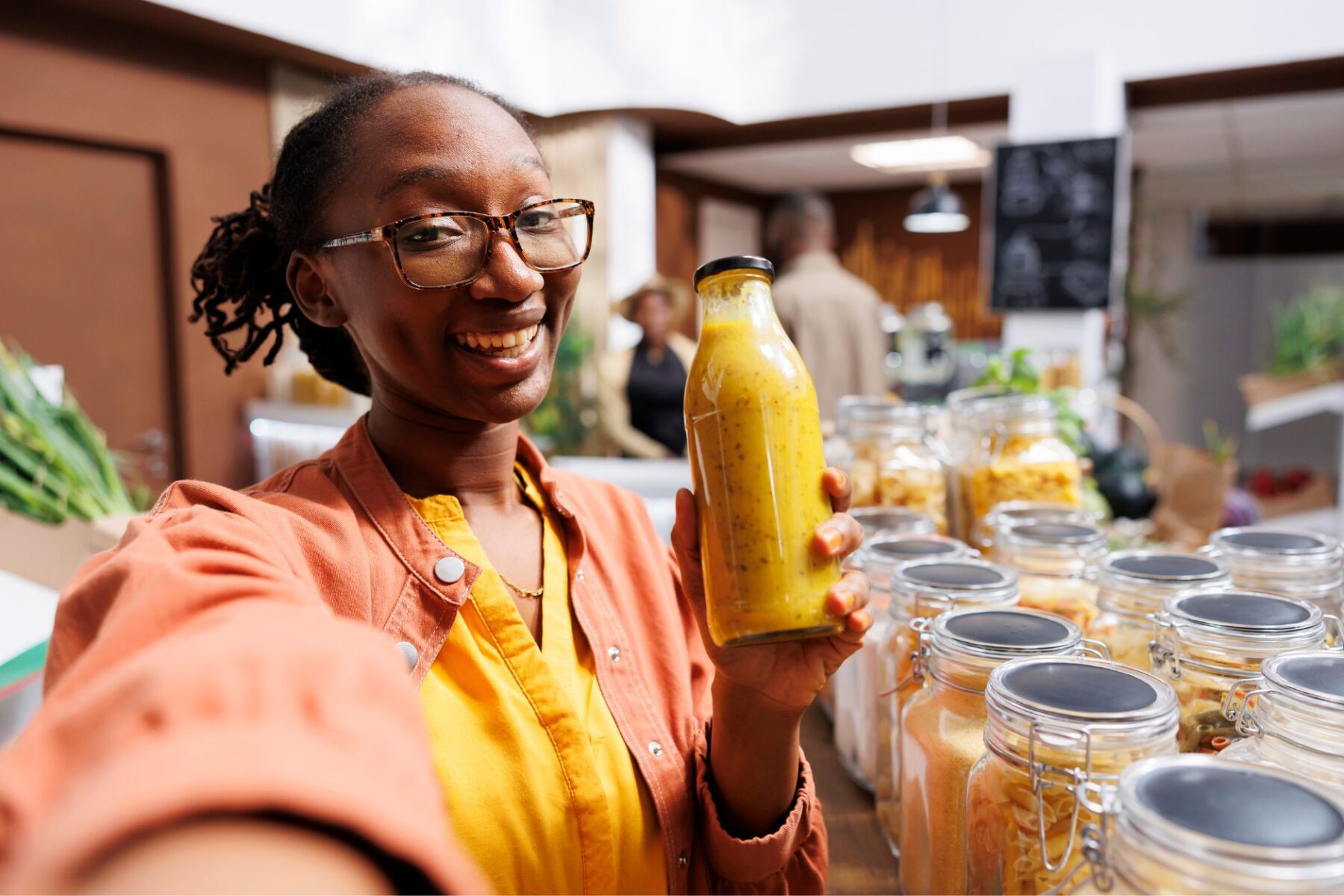
Sustainable Solutions for Menstrual Hygiene
In many parts of the world, access to menstrual hygiene products is not only a matter of convenience but also a fundamental issue of dignity, health, and equality. Period poverty, the inability to afford or access menstrual hygiene products, affects millions of women and girls globally, hindering their ability to manage their periods safely and with dignity. However, innovative solutions have emerged to address this pressing issue, offering sustainable alternatives and improving menstrual hygiene management for women and girls in underprivileged communities.
In this article, we examine major sustainable sanitary options, shedding light on the positive impact they have on improving menstrual health, dignity, and equality for girls and women.
Sustainable Menstrual Products
The following are major menstrual products that are sustainable, save cost, and easily accessible:
• Reusable Sanitary Pads: Made from absorbent fabric layers, such as cotton or bamboo, these pads are designed to be washed and reused multiple times, significantly reducing waste compared to single-use options. They typically feature a soft, comfortable top layer, an absorbent core, and a waterproof backing to prevent leaks. They come in various sizes and absorbency levels to accommodate different flow levels, and many of them have wings with snaps to secure them in place on underwear, providing a comfortable and reliable fit.

After use, reusable sanitary pads can be washed by hand or in a washing machine, making them a cost-effective option over time. Additionally, reusable pads are often free from synthetic chemicals and fragrances, making them a healthier choice for those with sensitive skin.
• Menstrual Cups: Made from medical-grade silicone, rubber, or latex, these flexible, bell-shaped cups are inserted into the vagina to collect menstrual fluid rather than absorb it. Unlike disposable products, menstrual cups are reusable and can last several years with proper care, making them an eco-friendly and cost-effective option.

They come in various sizes to suit different body types and flow levels, and once inserted, they can be worn for up to 12 hours before needing to be emptied, rinsed, and reinserted. By reducing waste and lowering the ongoing cost of menstrual management, menstrual cups offer a practical solution for both individuals and the environment.
Sustainable Sanitation Infrastructure
In addition to innovative menstrual hygiene products, sustainable sanitation infrastructure plays a crucial role in addressing period poverty. In many communities, lack of access to clean water, private toilets, and proper waste management facilities exacerbates the challenges of managing menstruation safely and hygienically.
Investing in sustainable sanitation infrastructure, such as community toilets with washing facilities and waste disposal systems, can help improve menstrual hygiene management and ensure that women and girls have the resources they need to maintain their dignity and health. By prioritizing menstrual hygiene within broader efforts to improve water, sanitation, and hygiene (WASH) services, governments, NGOs, and international organizations can make significant strides toward eliminating period poverty and promoting gender equality.
Notable Organizations Providing Solutions
Several organizations are leading the charge in providing innovative solutions for period poverty. Here are a few examples:
Flo Haven: This non-profit organization advocates for menstrual equity by providing eco-friendly, reusable menstrual products and educational resources to underserved communities.
AFRIpads: This Kenyan social enterprise manufactures and distributes reusable sanitary pads made from locally sourced materials.
The Cup Foundation: This organization works to make menstrual cups accessible and affordable for women and girls globally.
WASH United: This organization focuses on creating sustainable sanitation infrastructure and promoting menstrual hygiene management in underprivileged communities.
Summing Up
Innovations in menstrual hygiene offer promising solutions for addressing period poverty and improving the lives of women and girls around the world. From affordable reusable sanitary pads to menstrual cups and sustainable sanitation infrastructure, these innovations empower women and girls to manage their periods safely, affordably, and with dignity.
By prioritizing menstrual hygiene within broader efforts to promote gender equality and sustainable development, we can create a world where every woman and girl has the resources they need to manage their periods with dignity and confidence.







